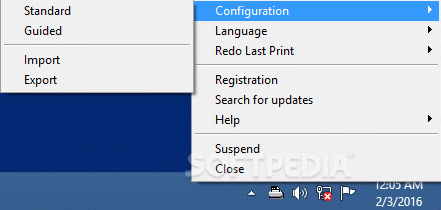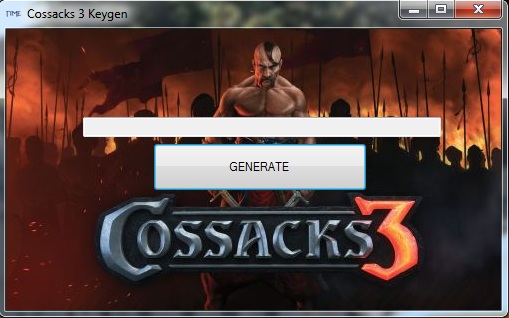

In the current work, we investigated the link between proceduralization and motor simulation, specifically, whether the covert activation of the task-relevant responses is used during the assembly of action-based instructions representations. Despite the absence of previous experience, novel instructed content is quickly encoded into an action-based or procedural format, facilitating automatic task processing. Our ability to generate efficient behavior from novel instructions is critical for our adaptation to changing environments.

These findings and their implications are discussed in the broader context of action control and working memory. Our findings suggest that – even when cancelation cues are actively processed – such dismantling does not occur (Experiment 1-3) unless the no-longer relevant task rules are replaced by a new set of rules (Experiment 4). But how much control do we have over these instructed task rules when their reflexes suddenly lose their relevance? Inspired by the phenomenon of directed forgetting in declarative working memory, we here tested across four experiments if the presentation of (implicit or explicit) task cancellation cues results in the directed dismantling of recently instructed task rules. We can do so through so-called prepared reflexes: Abstract instructions are instantly translated into appropriate task rules in procedural working memory, after which imperative stimuli directly trigger their corresponding responses in a ballistic, reflex-like manner.

Humans excel in instruction following to boost performance in unfamiliar situations.

These results show that representing instructions in working memory provides sufficient conditions for stimuli to launch task processing, proceeding all the way until motor response-specific brain activation, which takes place even under unfavorable, no-go conditions. We found a significant stimulus-locked lateralized readiness potential in the first no-go trial, indicating reflexive operation of the new instructions. Immediately after the instructions, a no-go phase began, which was immediately followed by a go phase. In each miniblock of our paradigm, participants received instructions for a task in which two new stimuli were mapped to right/left keys. In the present experiment, we asked whether intention-based reflexivity would also be observed under unfavorable conditions in which participants were set not to respond (no-go). Yet these demonstrations were found in experiments in which participants were set to execute a response (go). Previous behavioral and electrophysiological evidence has suggested that the instructions for a new choice task are processed even when they are not currently required, indicating intention-based reflexivity.


 0 kommentar(er)
0 kommentar(er)
